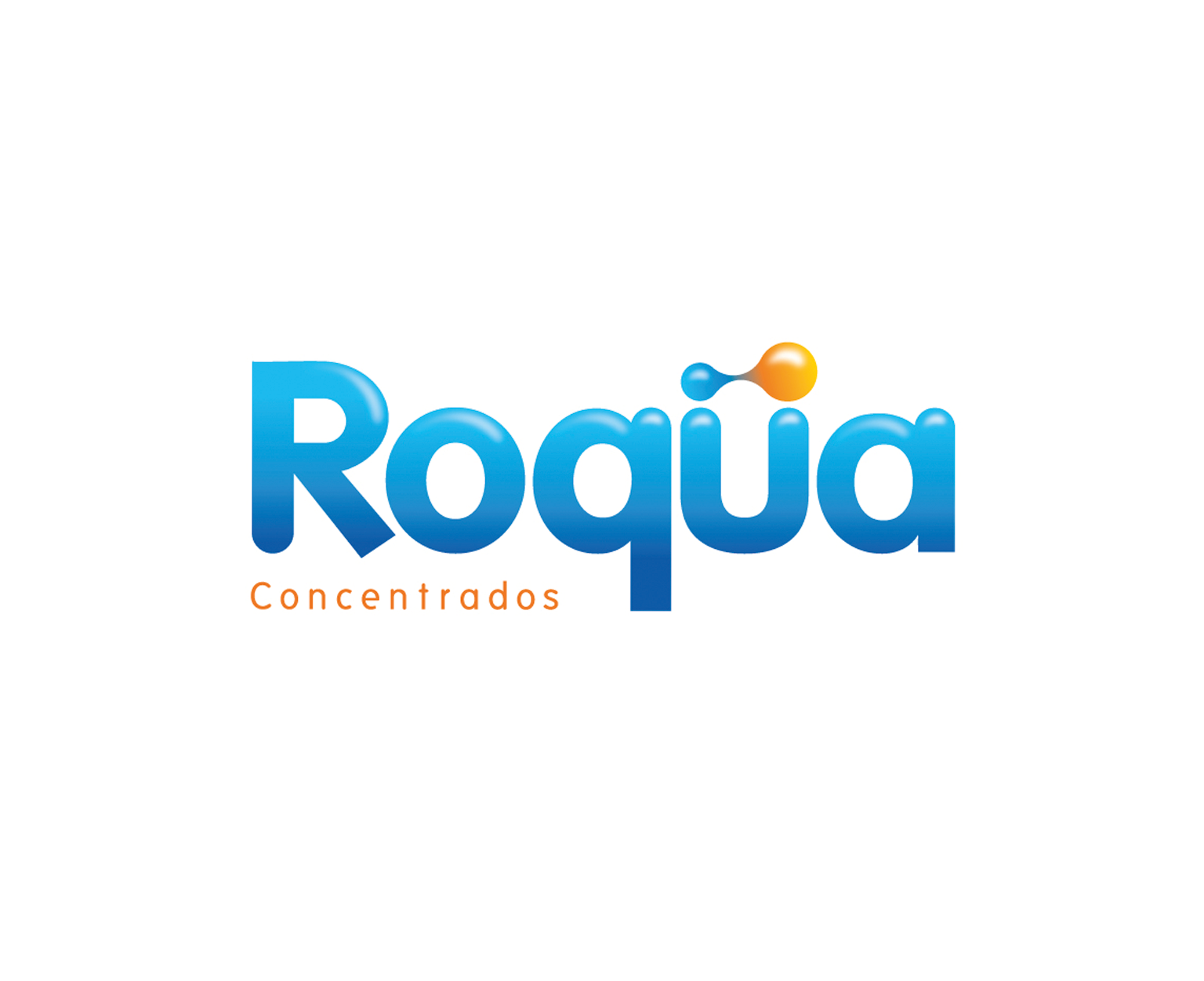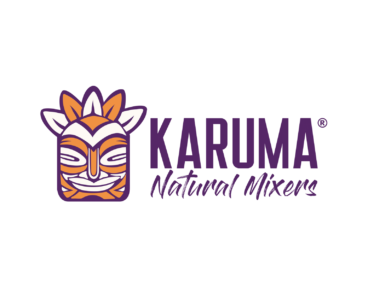Whoa! Ever stumbled onto a crypto term and thought, “What the heck is that?” That was me a while back with flash loans. I mean, instant loans with no collateral? Really? It sounded like some sci-fi finance gimmick at first. But then I dived deeper, and things got way more interesting — and a bit messy, too.
So here’s the thing about flash loans: they’re these super short-term loans you grab and repay within the same transaction. No collateral, no credit checks, just pure code magic. I remember when I first heard about them. My gut said, “This is either revolutionary or a ticking time bomb.” Initially, I was skeptical because how can you trust a loan without collateral? But then I realized the blockchain’s atomicity ensures either everything executes or nothing does — so the loan either gets paid back instantly or the whole thing rolls back. Pretty clever, huh?
But, of course, it’s not all sunshine and rainbows. Flash loans have been exploited in some pretty wild DeFi hacks. I’m not gonna lie — the speed and anonymity make them a double-edged sword. On one hand, they open doors for arbitrage and yield farming strategies that were impossible before. On the other, they invite bad actors looking for loopholes. Something felt off about the hype until I saw how platforms like Aave are stepping up their game to manage risks better.
Speaking of yield farming, I gotta admit, this part bugs me a bit. Yield farming looks like a gold rush: you stake crypto, earn rewards, and compound gains. But it’s super complex and sometimes feels like chasing shadows. The returns can be juicy, but the impermanence and transaction fees often eat away your profits. Plus, there’s the whole risk of smart contract bugs or rug pulls lurking around. You really have to read the fine print — or rather, the code — carefully.
Okay, so check this out—yield farming and flash loans actually intersect more than you’d think. Some savvy farmers use flash loans to leverage positions quickly, snag arbitrage opportunities, or rebalance portfolios without upfront capital. That’s a game-changer for liquidity providers who want to maximize their yield but don’t have mountains of tokens sitting idle. But, of course, this requires a certain level of savvy and nerves of steel. It’s not your grandma’s savings account.
Now, decentralized lending is where all these pieces come together in a more mature way. Unlike traditional lending, DeFi lending platforms like Aave eliminate intermediaries, offer higher transparency, and let users become lenders themselves. You can lock your crypto assets as collateral, borrow against them, or earn interest by supplying liquidity. It’s kinda like being your own bank, but without the paperwork and with way better accessibility.
Aave and Why It Stands Out
I’m biased, but Aave is one of the most solid platforms out there. It’s been battle-tested, and the team keeps innovating. The flash loans feature on Aave is especially notable because it was one of the first to roll it out in a practical way. What’s neat is how their protocol handles liquidity pools and risk parameters dynamically — making sure the system stays healthy while letting users do some pretty sophisticated stuff.
Honestly, if you’re dabbling in flash loans or yield farming, you’ll want to check out https://sites.google.com/walletcryptoextension.com/aave-official-site/. It’s got all the official info, and you can see firsthand how the mechanics work. I spent hours poking around their docs and testing small transactions to get a feel for the platform’s nuances.
One thing I found fascinating is how Aave’s decentralized lending adapts interest rates in real-time based on supply and demand. It’s not static like your bank’s fixed rates. Rates can spike or drop quickly, reflecting real market conditions. This dynamic environment is exciting but also means you gotta stay alert — your loan could get liquidated if your collateral value tanks suddenly.
On one hand, decentralized lending democratizes finance by opening up credit to anyone with crypto, no matter where they are. On the other hand, the volatility and complexity can catch newbies off guard. Actually, wait—let me rephrase that: it’s not just newbies. Even experienced DeFi users can misjudge risks, especially when they combine flash loans and yield farming strategies without fully understanding the interplay.
Hmm… this makes me wonder about the future. Will flash loans remain niche tools for arbitrageurs and developers, or will we see more mainstream adoption? The tech is there, but the ecosystem’s maturity and regulation will shape the outcome. Plus, I keep thinking about how these tools might integrate with traditional finance eventually. It’s like watching the Wild West slowly get tamed but never fully losing its edge.
If you want to explore these concepts hands-on, I suggest starting small on reputable platforms. And yeah, always double-check the smart contracts or use audited ones. Sometimes, it’s tempting to chase the biggest yields, but the risks can be very very real — and costly.
Quick FAQs on Flash Loans and Decentralized Lending
What exactly is a flash loan?
It’s a loan you take and pay back in the same blockchain transaction, no collateral needed. If you can’t repay instantly, the entire loan is canceled.
How does yield farming tie in with lending?
Yield farming often involves lending your crypto to earn rewards. Using flash loans, farmers can leverage positions without upfront capital, boosting potential returns.
Is decentralized lending safe?
It’s safer than some early DeFi projects but still carries risks like smart contract bugs and market volatility. Platforms like Aave have strong security measures and audits.












